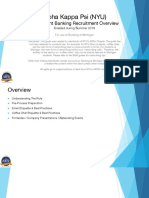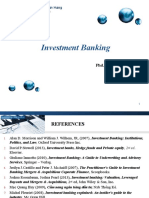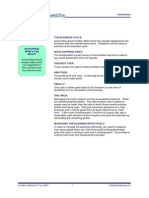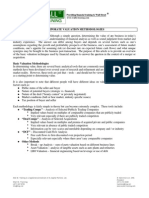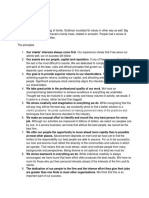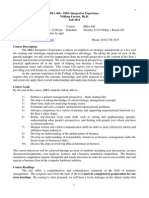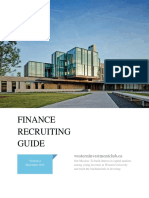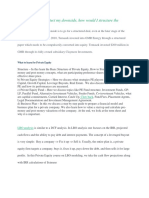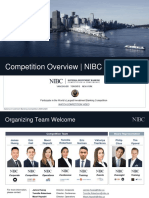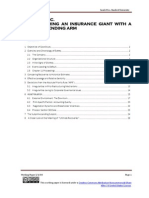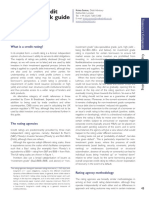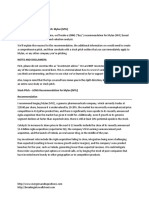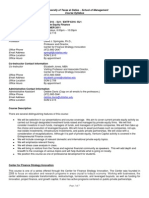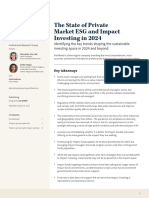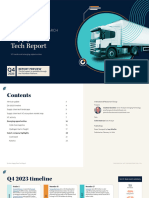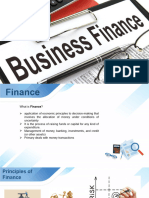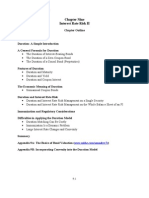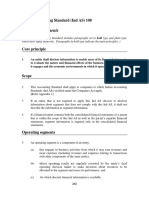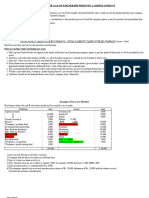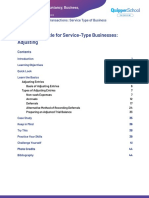0% found this document useful (0 votes)
981 views31 pagesDCM Day 1 Course Manual
The document is a training guide for Debt Capital Markets (DCM) interns and analysts, focusing on essential knowledge and skills needed for their first day. It covers key concepts such as DCM roles, market jargon, and the structure of pitchbooks, along with practical tips for starting the day positively. The instructor, Eric Cheung, shares insights from his extensive experience in fixed income at J.P. Morgan to prepare newcomers for success in the DCM environment.
Uploaded by
NointingCopyright
© © All Rights Reserved
We take content rights seriously. If you suspect this is your content, claim it here.
Available Formats
Download as PDF, TXT or read online on Scribd
0% found this document useful (0 votes)
981 views31 pagesDCM Day 1 Course Manual
The document is a training guide for Debt Capital Markets (DCM) interns and analysts, focusing on essential knowledge and skills needed for their first day. It covers key concepts such as DCM roles, market jargon, and the structure of pitchbooks, along with practical tips for starting the day positively. The instructor, Eric Cheung, shares insights from his extensive experience in fixed income at J.P. Morgan to prepare newcomers for success in the DCM environment.
Uploaded by
NointingCopyright
© © All Rights Reserved
We take content rights seriously. If you suspect this is your content, claim it here.
Available Formats
Download as PDF, TXT or read online on Scribd
/ 31

